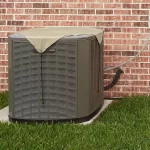Understanding AFUE Ratings for Furnaces Phone: (267) 798-5005 Serving: Bucks County & Montgomery County E-mail: office@htrmechanical.com Keeping your home warm…
Winterizing Your HVAC System: A Homeowner’s Guide to Comfort and Savings
As the leaves change color and the temperatures start to plummet, it’s a clear sign that winter is on the horizon. For homeowners, preparing for the cold season extends beyond just clearing out the gutters and checking the furnace. One of the most crucial aspects of winter readiness is ensuring that your HVAC system is set to keep you warm efficiently. With preventive maintenance and simple home care, you can ensure not only that your home stays comfortable when the mercury drops but also that you can save on energy costs. Let’s dive into the comprehensive steps you can take to winterize your HVAC system and reap the benefits throughout the season.
Understanding the Importance of Winterizing Your HVAC System
Many homeowners wait until the last minute to check their HVAC systems, often leading to issues when the first cold snap hits. Winterizing your HVAC is about more than just comfort—it’s about preventing costly repairs and maintaining a system that operates at its peak. By proactively preparing your heating system, you can:
Avoid sudden breakdowns
Improve indoor air quality
Lower your energy bills
Prolong the lifespan of your HVAC system
Winterizing tasks range from DIY-friendly activities such as changing air filters to more complex activities that require professional maintenance. So, let’s break down the process into actionable steps.
Conduct a Preliminary Assessment of Your HVAC System
The first step in winterizing your HVAC system is to conduct a preliminary assessment. This involves checking your system for any obvious problems or signs of wear. Some of the things you can do are:
Listen for unusual noises such as banging or whistling
Check for any leaks or strange odors
Ensure all vents are unobstructed and maintain the airflow
Observe if your system is heating consistently or if there are any cold spots
Look at the thermostat settings and consider a programmable thermostat
If anything seems off, it’s a good idea to call an HVAC professional at this stage. Addressing minor issues early can prevent them from escalating into major expenses.
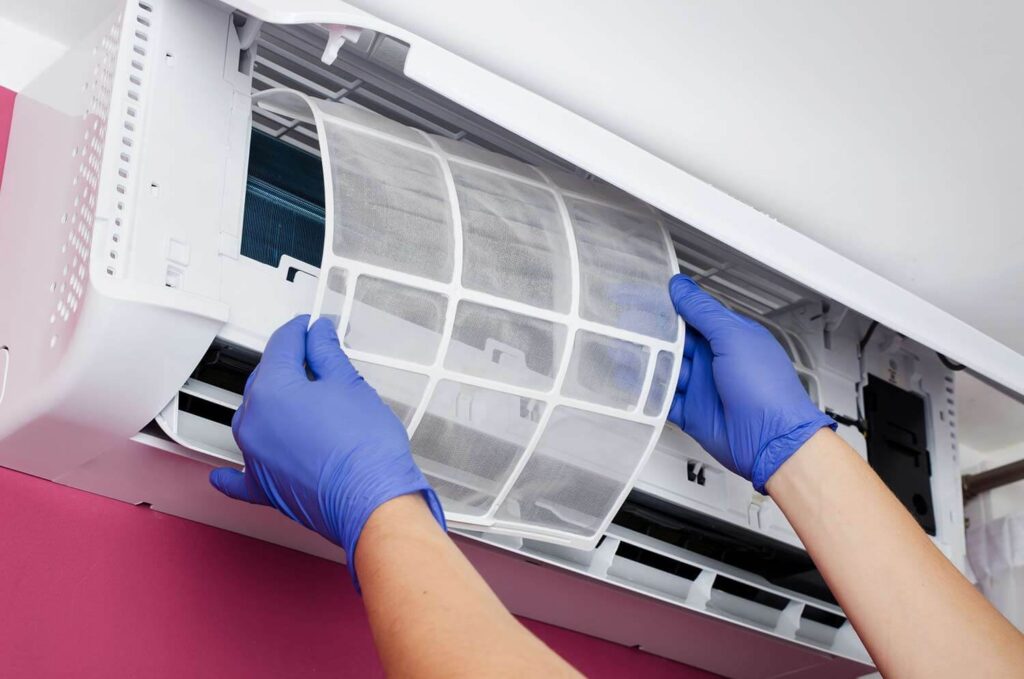
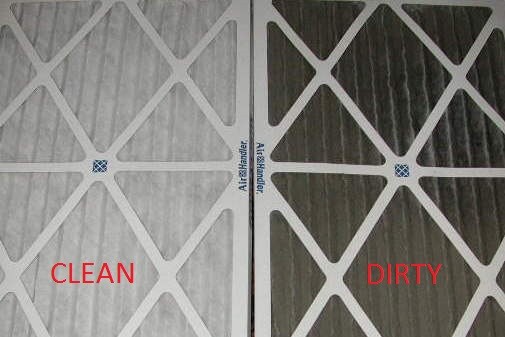
Step 2: Replace Air Filters
Air filters play a critical role in the efficiency of your HVAC system. Over time, they can become clogged with dust, pollen, and other particles that restrict airflow. This causes your system to work harder, decreasing its effectiveness and increasing energy consumption. For most systems, it’s recommended to:
Check and replace filters every 1-3 months
Use the right type and size of filters for your system
Consider upgrading to high-efficiency particulate air (HEPA) filters for improved air quality
A clean filter will help your HVAC system breathe more easily, leading to better air quality and lower energy bills.
Step 3: Seal Ducts and Air Leaks
Leaky ducts are a common source of energy wastage in many homes. According to the U.S. Department of Energy, sealing air duct leaks can reduce energy consumption by up to 20%. To seal ducts and air leaks:
Use mastic sealant or metal-backed tape for better adhesion
Focus on sealing joints and connections where air could escape
Insulate ducts in unheated areas like the attic or crawlspace to prevent heat loss
By properly sealing and insulating your ductwork, you can ensure that the warm air from your HVAC system reaches its intended destination without being lost in transit.
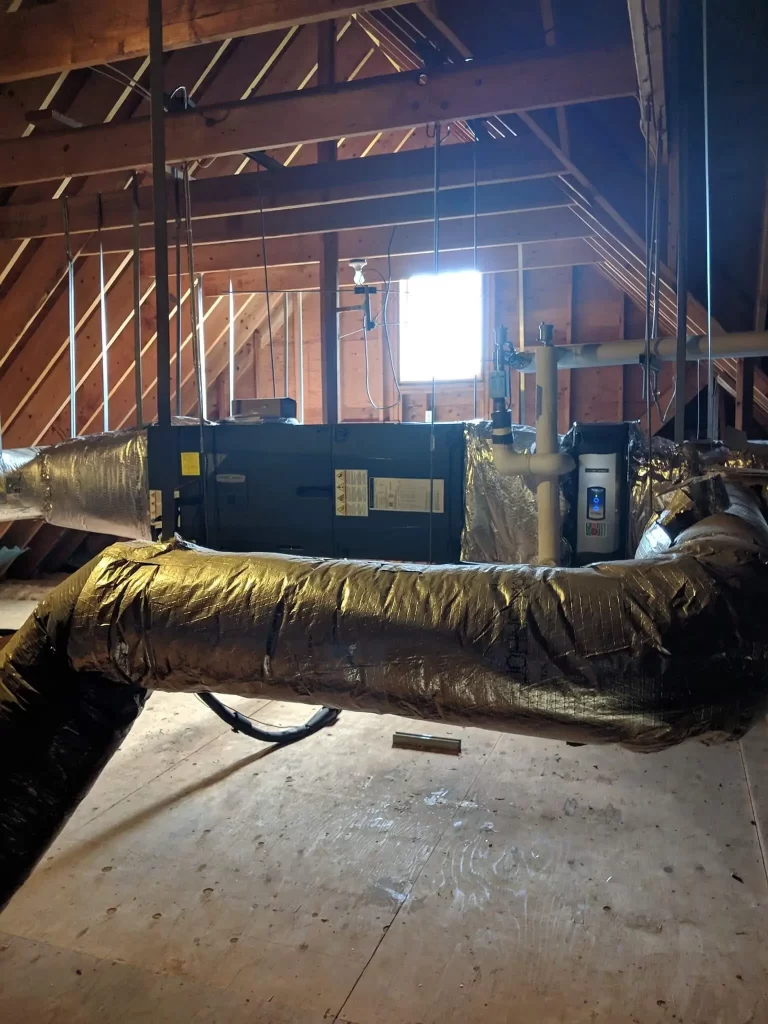
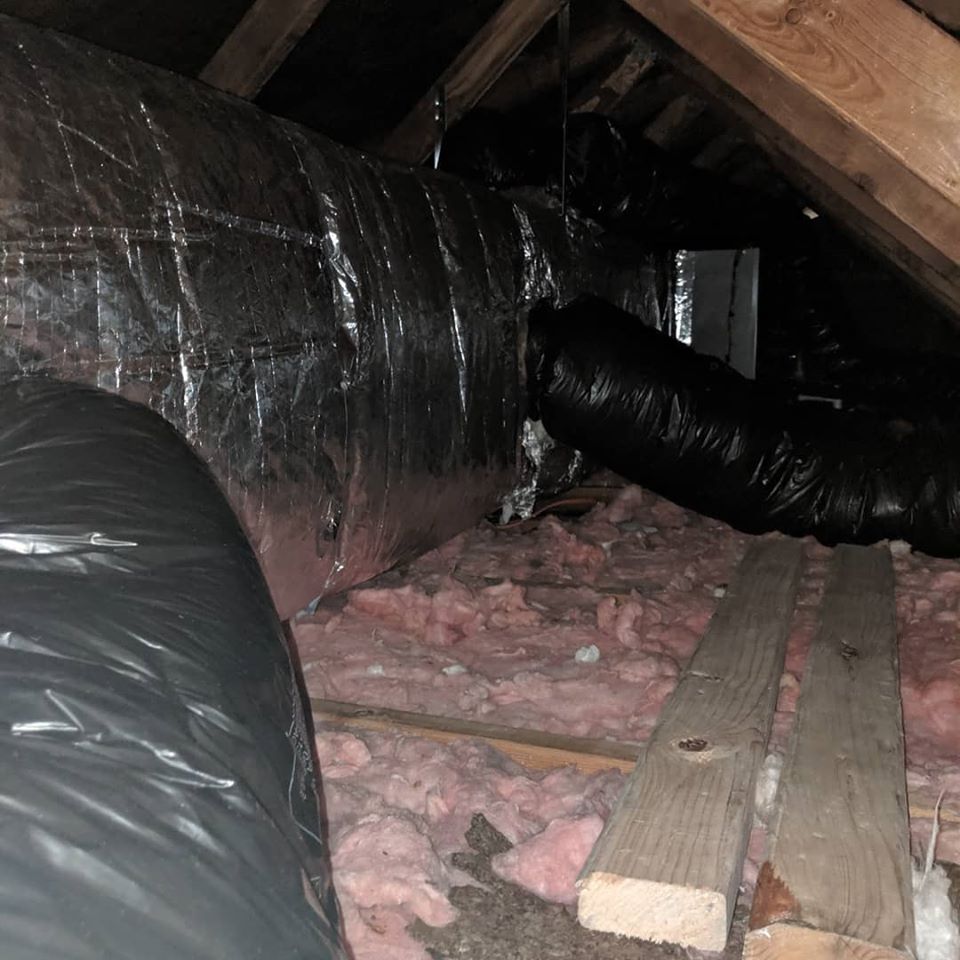
Step 4: Insulate Your Home
Insulating your home is a surefire way to make your HVAC system more efficient. This includes:
Adding or upgrading insulation in your attic and walls
Sealing gaps around doors and windows with weather stripping or caulk
Installing insulated, energy-efficient windows
Using draft stoppers at the bottom of doors
A well-insulated home will retain heat better, requiring your HVAC system to run less frequently and at lower settings to maintain a comfortable interior temperature.
Step 5: Professional HVAC Maintenance
For optimal performance, scheduling a professional HVAC maintenance appointment before winter kicks in is crucial. A certified technician will:
Conduct a thorough inspection of your unit, including the heat exchanger, burners, and motor
Clean the system’s components to improve efficiency and indoor air quality
Lubricate moving parts to reduce friction, which can lead to wear and tear
Check refrigerant levels in heat pumps and ensure proper airflow in all systems
Calibrate your thermostat and inspect the electrical connections for safety
Professional maintenance not only keeps your HVAC system in top shape but also provides peace of mind during the coldest months of the year.
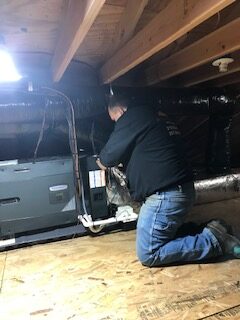

Step 6: Prepare for Power Outages
Winter storms can lead to power outages, leaving you without heat for hours or even days. To mitigate this risk, consider the following:
Invest in a backup generator or portable heaters for temporary warmth
Insulate your home’s electrical system to protect against power surges
Stock up on fuel for generators in advance
If you have a fireplace, ensure it’s clean and functional
Being prepared for power outages ensures that you maintain comfort and safety, even in the face of extreme cold.
Step 7: Create a Winter HVAC Maintenance Schedule
Creating a routine maintenance schedule for your HVAC system is an excellent way to stay on top of winterizing tasks every year. Consider:
Marking your calendar for filter replacements and other DIY checks
Scheduling professional maintenance visits at the start of each heating season
Keeping a log of any issues or changes in your HVAC system’s performance
Consistency is key to ensuring that your HVAC system is ready to tackle winter and continues to operate efficiently for years to come.
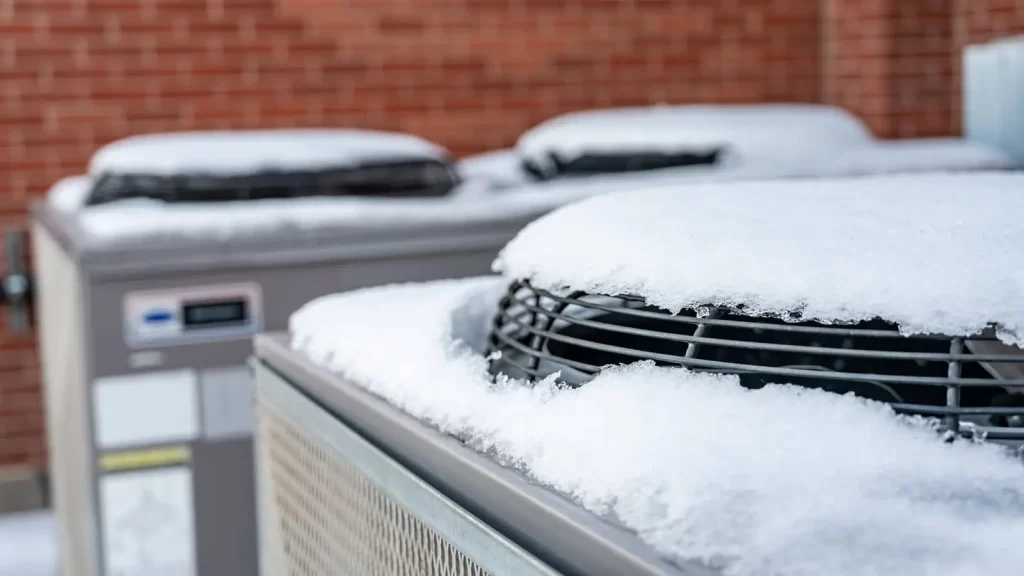
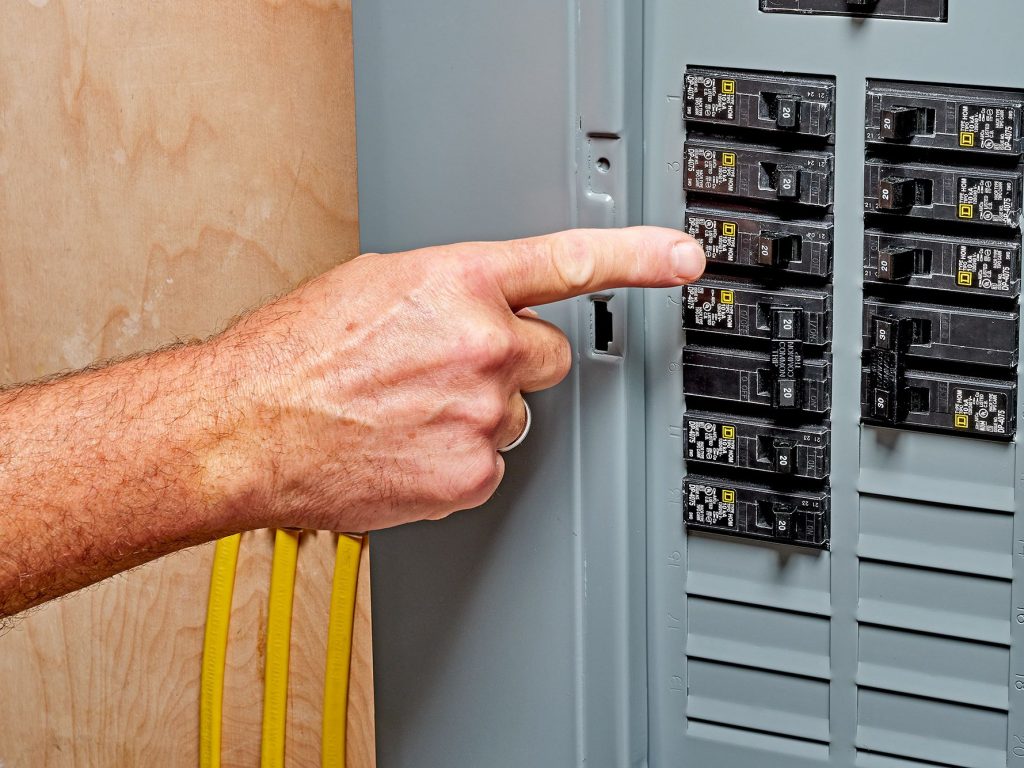
Step 8: Educate Yourself on Emergency Procedures
Familiarizing yourself with emergency procedures for your HVAC system can make the difference in a pinch. This involves:
Knowing where the main power switches and fuel shutoffs are located
Understanding how to relight your pilot light
Having the contact information for your HVAC service company readily available
In the event of an emergency, being prepared can help you navigate the situation with confidence and ensure quick action.
Winterizing your HVAC system is an undertaking that requires a mix of DIY diligence and professional expertise. By following these comprehensive steps, you can create a warm and comfortable home environment that’s also friendly to your wallet. Remember, the earlier you start, the better off you’ll be when winter arrives. Let this homeowner’s guide serve as your roadmap to a cozy and energy-conscious abode this winter.
Advice From Your Local HVAC Experts
Have questions about heating? Curious about how to be a better home owner? Want some expert advice? Read our articles on heaters, furnaces and more! We regularly post more so there is always something new to read and learn about! Click on any of our article below to start reading up on air conditioning systems.
Keep Your Home Comfortable Year-Round Welcome to a smarter way to finance your HVAC system! At H.T.R. Mechanical LLC., we…
5 Tips to Stay Cool During Extreme Heat Living in Bucks & Montgomery County means you’re no stranger to scorching…
Your Essential Spring HVAC Maintenance Checklist Spring is the season of rejuvenation, but it’s not just your garden that needs…




